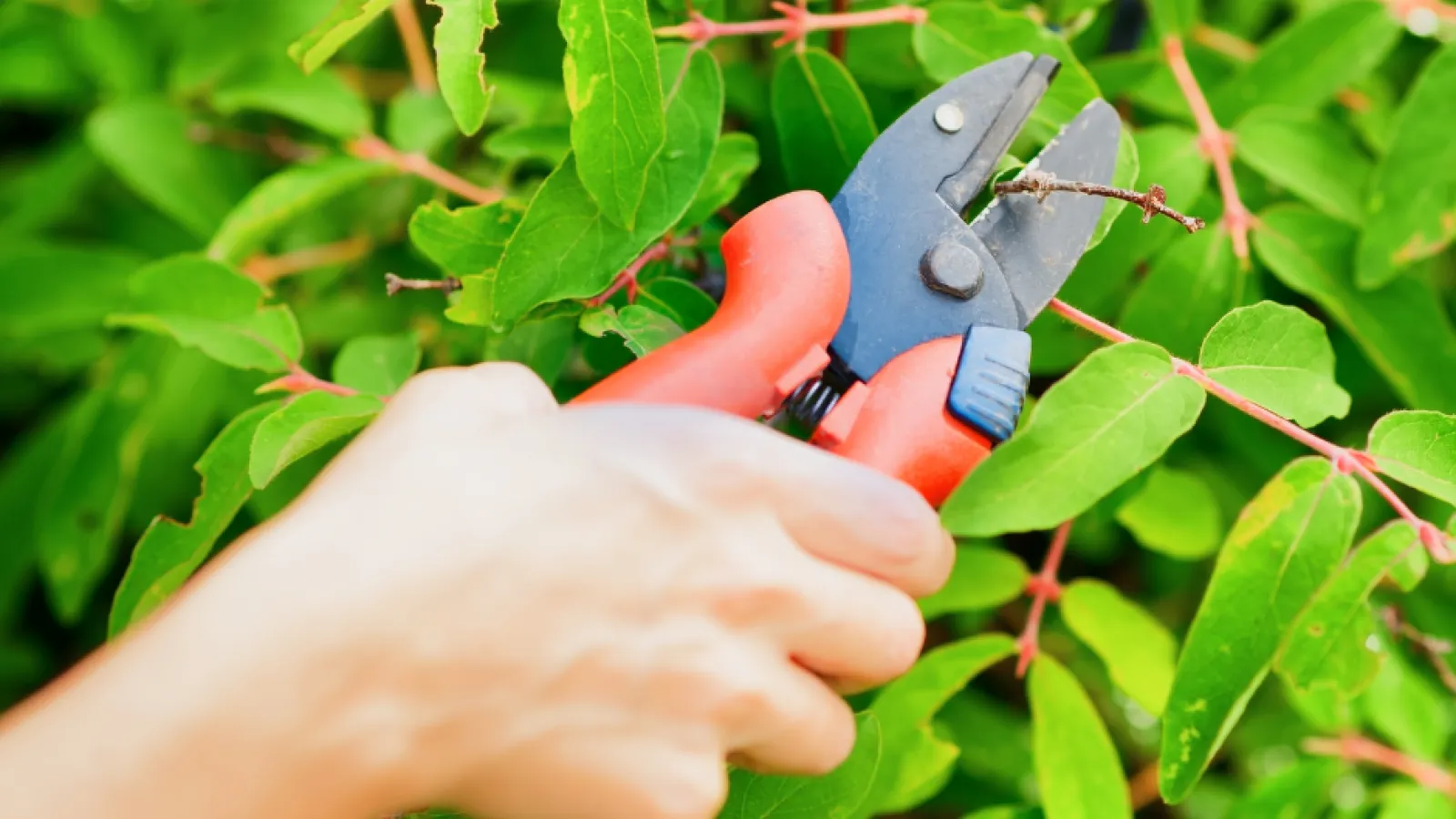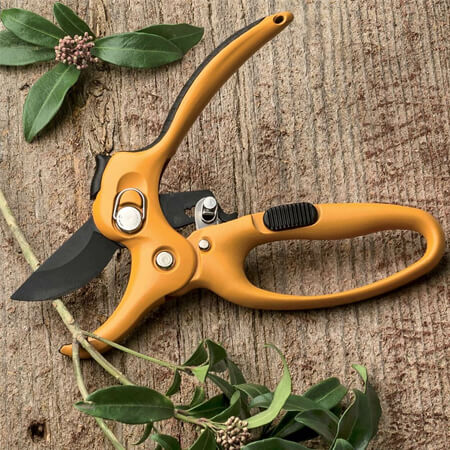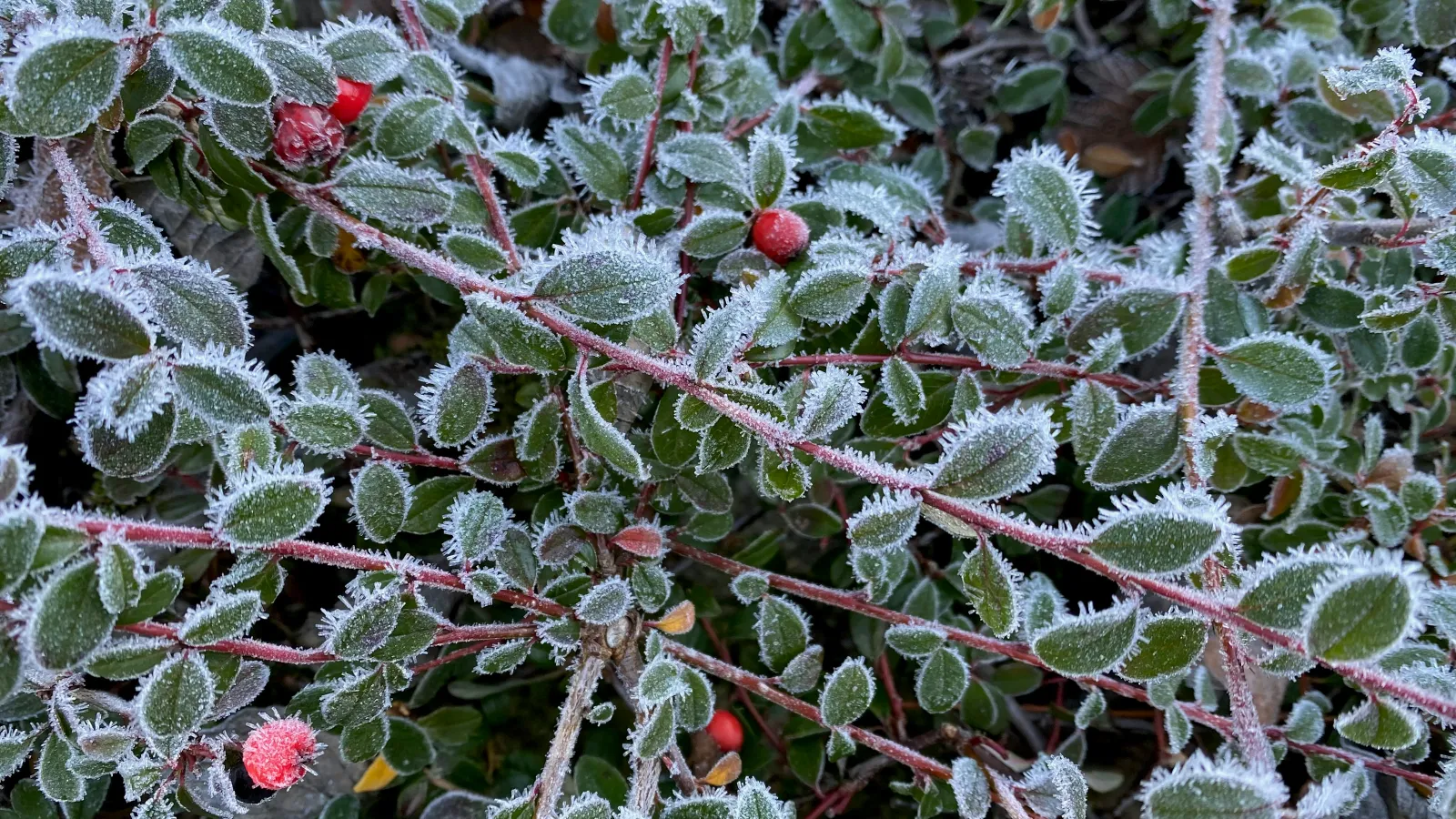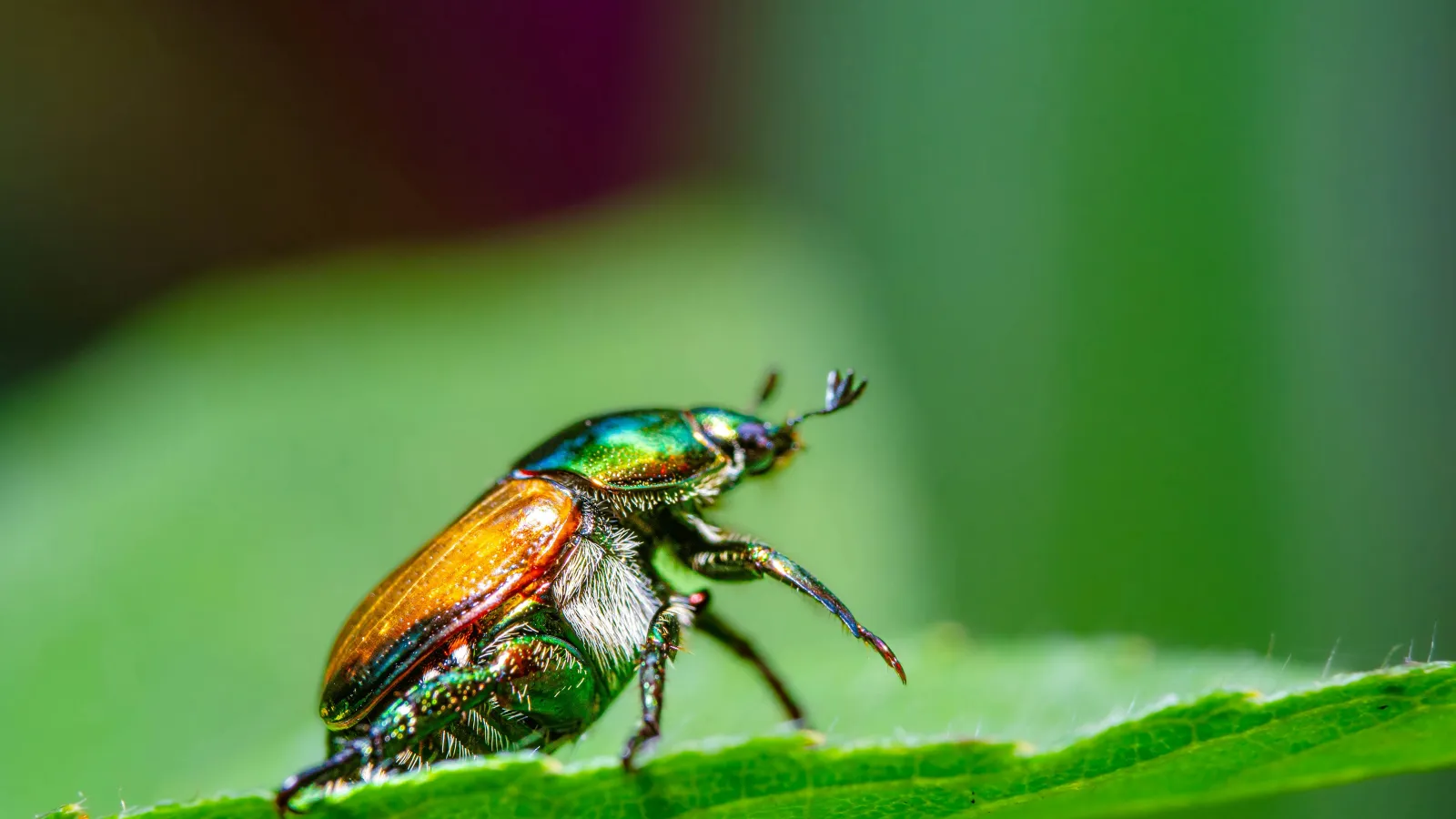
Tips for Pruning Trees & Shrubs in Early Spring
Pruning trees and shrubs while they are still dormant is the perfect early spring chore for your to-do list. Pruning in early spring helps to ensure attractive, healthy, productive plants so your trees, shrubs and perennials can produce more blooms throughout the spring and summer. Follow our early spring pruning guide to assure the best tactics and methods to pruning your plants this season.
Tools Needed
Hand pruners are the main tool needed for most pruning jobs, and can cut branches up to ¾'' in diameter. You can choose from bypass pruners, which cut similar to scissors, or anvil pruners, which have a blade that presses against a bar. Loppers are another kind of hand pruner, with long handles that are useful for reaching deeper into tangled shrubs or just-out-of-reach limbs. Most loppers can cut limbs up to 1-½'' in diameter, depending on the model you purchase.
For heartier pruning jobs, pruning saws or hedge shears may be necessary. Pruning saws cut on the pull stroke with special blades and can self-clean to prevent sticking in sap-filled wood. Hedge shears have long, scissor-like blades that are used for evenly trimming hedges. These can cut twigs up to ½'' in diameter.

Hand pruners 
Hedge shears
Where to Start
Every pruning job begins with removing the 5 Ds: dead, dying, damaged, disfigured and diseased wood or stems. Begin by cutting these twigs and branches back to healthy wood, or to the ground. Once that is complete, look for branches that are crossed, intertwined or touching one another. Remove the less healthy one of the branches, leaving the healthier or better placed branch to continue growing.
Shrubs to Prune in Early Spring
The plant's growth habit, bloom time and health or condition determines the proper time to prune deciduous shrubs
Generally speaking, deciduous shrubs that bloom on new growth should be pruned in winter and early spring. Shrubs that form their flower beds on "new" wood indicate that growth will occur in the coming summer. These shrubs include abelia, beautyberry, butterfly bush, summer- or fall-blooming clematis, smooth hydrangeas, panicle hydrangeas, potentilla, roses, rose of sharon, dogwoods, Japanese spirea, St. Johnswort and summersweet.
Prune these shrubs while they are dormant in late winter to early spring. This encourages vigorous new growth and lots of flowers. Now is the best time to remove some of the old wood to clean up the plant. Also remove any old seed heads from the previous year on plants that flower in the summer.
Late winter and early spring is also the time to prune evergreen shrubs such as yew, holly and boxwoods while they are dormant and before new growth begins.
Trees to Prune in Early Spring
The best time to prune most deciduous shade trees is generally February through March. These trees will have little to no foliage. This gives you a clear view of the tree for easier selection and removal of appropriate branches. Prune all deciduous shade trees in early spring so it is easier to see the branching structure. There is a lesser chance of spreading disease through the pruning wounds at this time as well.
The best time to prune fruit trees is late winter to early spring while they are still dormant. These trees include apple, peach, pear, plum and cherry. The goal is to establish a sturdy branch structure that supports the heavy fruit while opening up the tree to allow in more light for a better crop of fruit, rather than to get maximum bloom. Complete pruning before the fruit trees begin to leaf out and break buds in spring.
Late winter and early spring is the best time to prune and remove unwanted lower branches on evergreen tree. Evergreen trees include spruce, fir, juniper, cypress, yew, arborvitae, Douglass fir and false cypress. Most evergreens rarely need pruning, except to remove the 5 Ds. However, the timing and technique depend on the type of evergreen.

Arborvitae 
Douglas fir
Spruce and fir trees have side or lateral buds on their newest or outermost growth. To promote denser growth, cut shoots back to just above a lateral bud or side branch, when pruning in early spring. Do not cut into old wood because it will not regrow from new buds.
Arborvitae, false cypress, juniper and yew have more random branching and can sprout new growth from older wood. Pinch, prune or shear new spring growth, or prune twigs back to the branch.
Click here for a chart on how to prune the different types of trees and shrubs.
Stay Calm, and Prune On
While the task of pruning can seem overwhelming, education and practice are key to applying adequate pruning techniques to your trees and shrubs for long-term health. If you have questions or concerns, contact the experts at Turf Masters to get a free consultation today.

